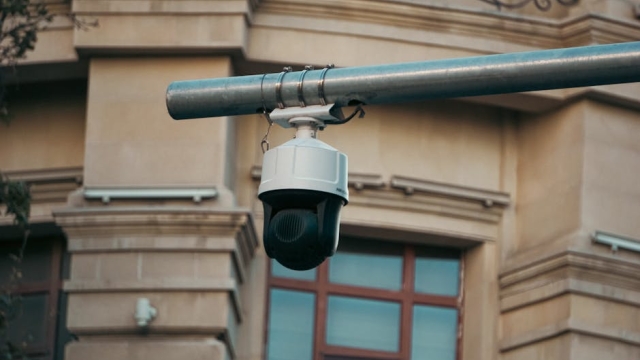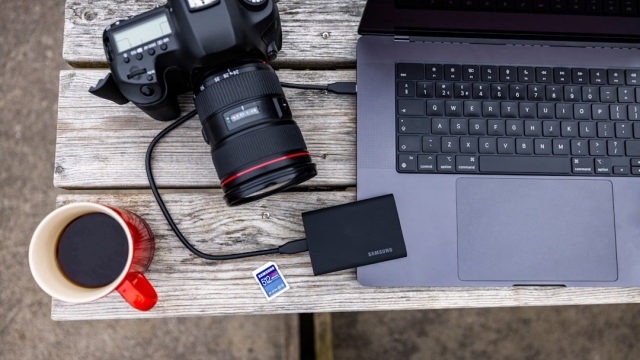Understanding the Legal Framework for Surveillance Cameras

Surveillance cameras have become an integral part of security systems in various environments, including homes, businesses, and public spaces. These devices serve as deterrents against crime, provide evidence during investigations, and enhance overall safety. However, with their effectiveness comes the need for responsible use and adherence to legal and ethical standards. This article outlines essential surveillance camera guidelines, focusing on legal considerations, best installation practices, and ongoing maintenance strategies.
Understanding the Legal Framework for Surveillance Cameras
Before deploying surveillance cameras, it is crucial to understand the legal framework governing their use. Laws regarding surveillance can vary significantly by jurisdiction, and failure to comply with them can result in legal repercussions. Generally, the key considerations include:
- Privacy Rights: Individuals have a reasonable expectation of privacy in certain areas, such as restrooms and changing rooms. Cameras should not be installed in these locations.
- Notification: In many jurisdictions, it is required to notify individuals that they are being recorded. This can be accomplished through signage or other means, indicating that surveillance is in effect.
- Data Protection: The collection, storage, and use of recorded footage must comply with data protection regulations. This includes securing the footage and ensuring it is accessible only to authorized personnel.
Understanding and adhering to these legal guidelines is essential for maintaining the integrity of surveillance practices and protecting the rights of individuals while ensuring safety and security.
Best Practices for Installing Surveillance Cameras
Proper installation is critical for maximizing the effectiveness of surveillance cameras. Here are some best practices to consider when installing a surveillance system:
- Strategic Placement: Cameras should be placed where they can capture the most relevant activity. Common locations include entrances, exits, parking lots, and high-traffic areas. Consider the angles and fields of view to minimize blind spots.
- Height and Accessibility: Mount cameras at a height that prevents tampering while still allowing for clear footage. Ensure that cameras can be easily accessed for maintenance and adjustments.
- Technical Specifications: Choose cameras with appropriate resolution, night vision capabilities, and weatherproof ratings based on their intended location and purpose. High-resolution cameras provide clearer images, which can be crucial for identification.
By following these installation practices, users can create an effective surveillance system that meets their security needs while adhering to surveillance camera guidelines.
Tips for Maintaining and Monitoring Surveillance Systems
Ongoing maintenance and monitoring of surveillance systems are essential to ensure they function effectively over time. Here are some tips to keep in mind:
- Regular Checks: Periodically inspect cameras for physical damage, obstructions, or misalignments. Ensure that lenses are clean and free from dirt or debris that could impair footage quality.
- Software Updates: Keep the camera firmware and any associated software updated to protect against vulnerabilities. This can also improve functionality and features.
- Consistent Monitoring: Develop a routine for reviewing recorded footage. Regularly monitoring the system helps identify any suspicious activity and ensures that cameras are operational.
Additionally, employing local surveillance solutions, such as PoE (Power over Ethernet) technology, can simplify installation and maintenance. This approach reduces the complexity of wiring and allows for easier management of multiple devices.
In conclusion, adhering to surveillance camera guidelines is crucial for the ethical and effective use of surveillance systems. By understanding the legal framework, following best installation practices, and committing to regular maintenance and monitoring, individuals and organizations can enhance their security measures while respecting privacy rights and legal obligations.
For those interested in exploring various surveillance solutions, consider the advantages of options available at Amcrest, where you can find a range of PoE cameras suitable for various applications.


